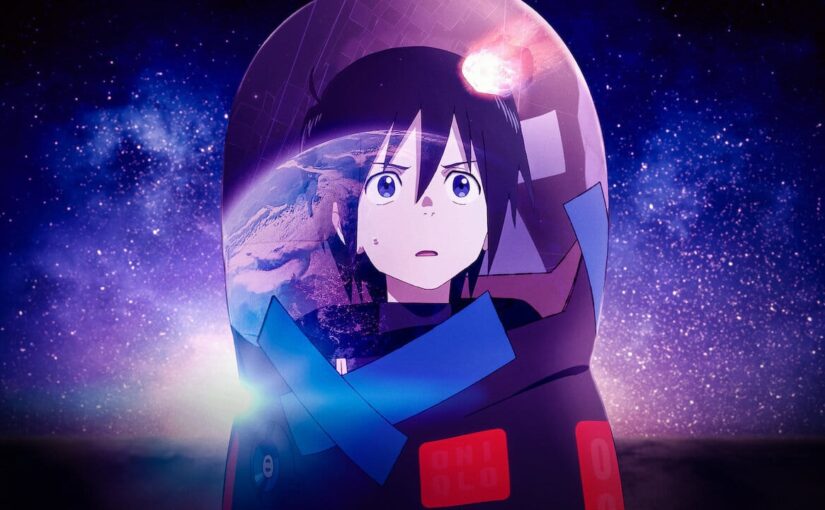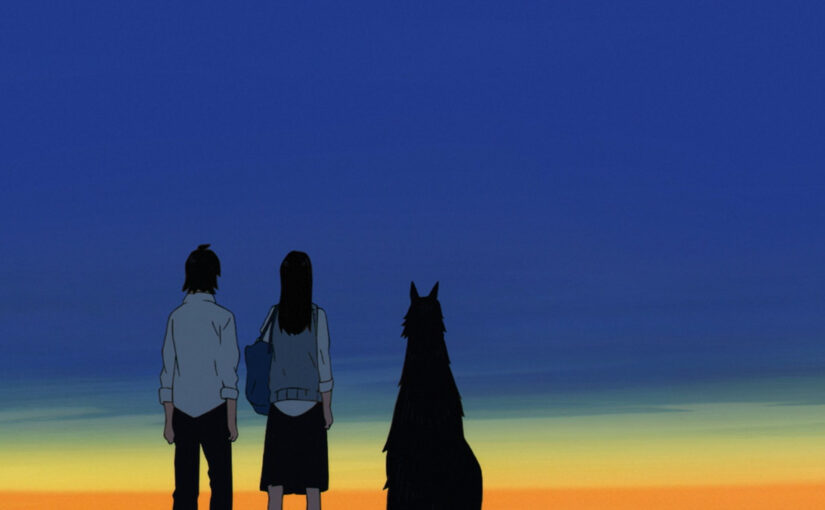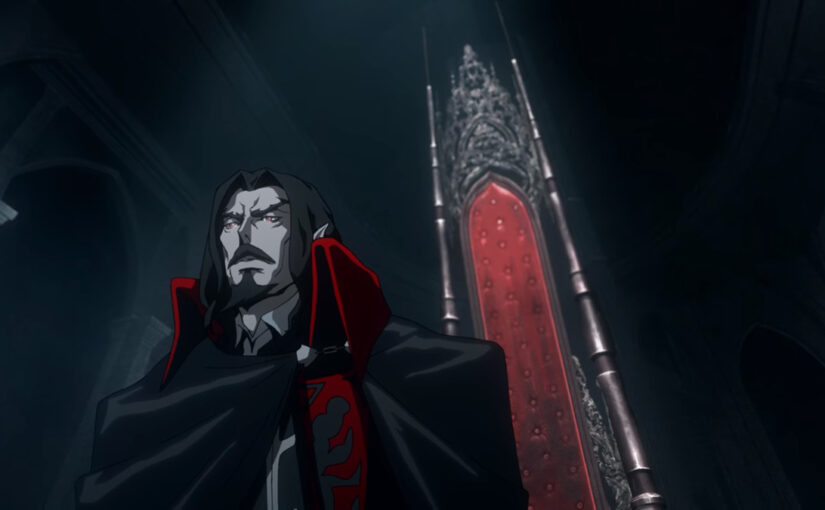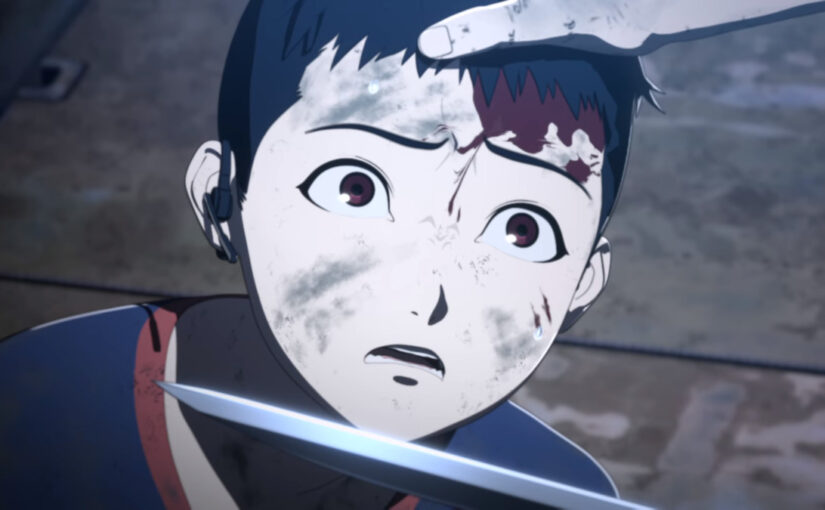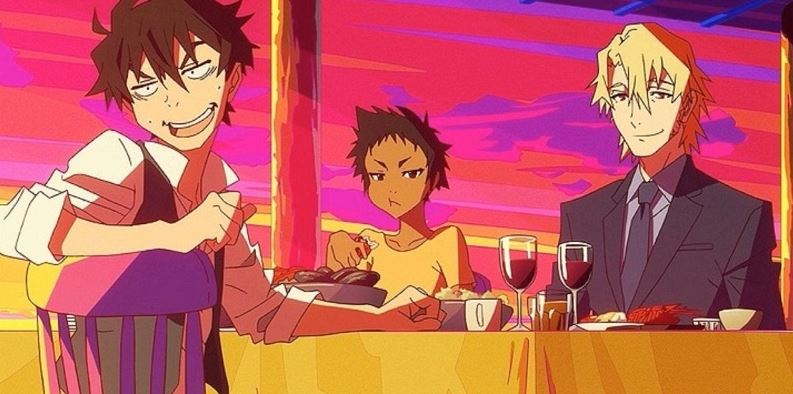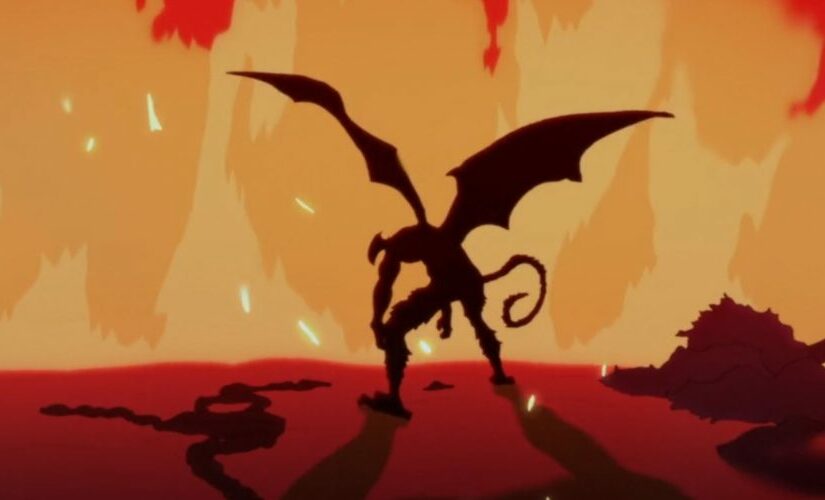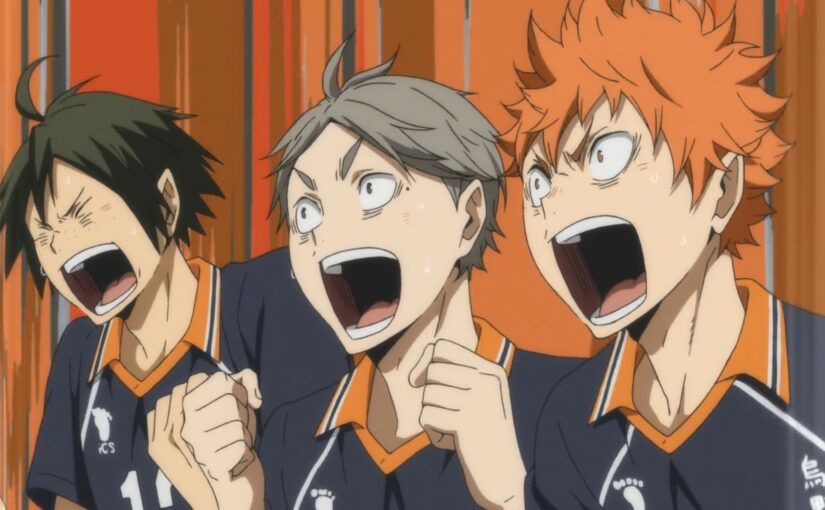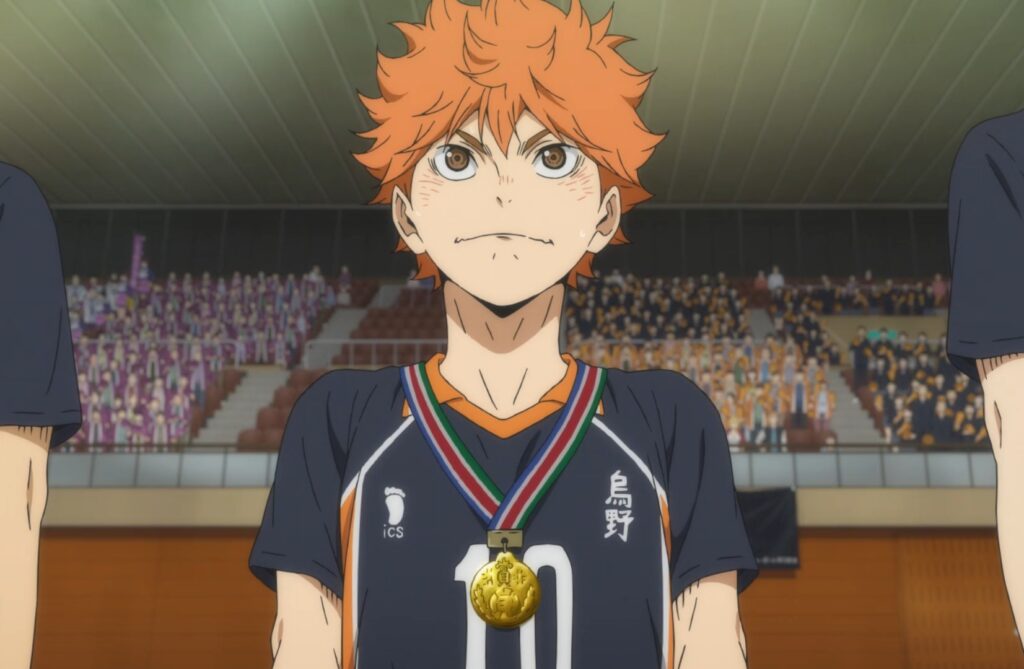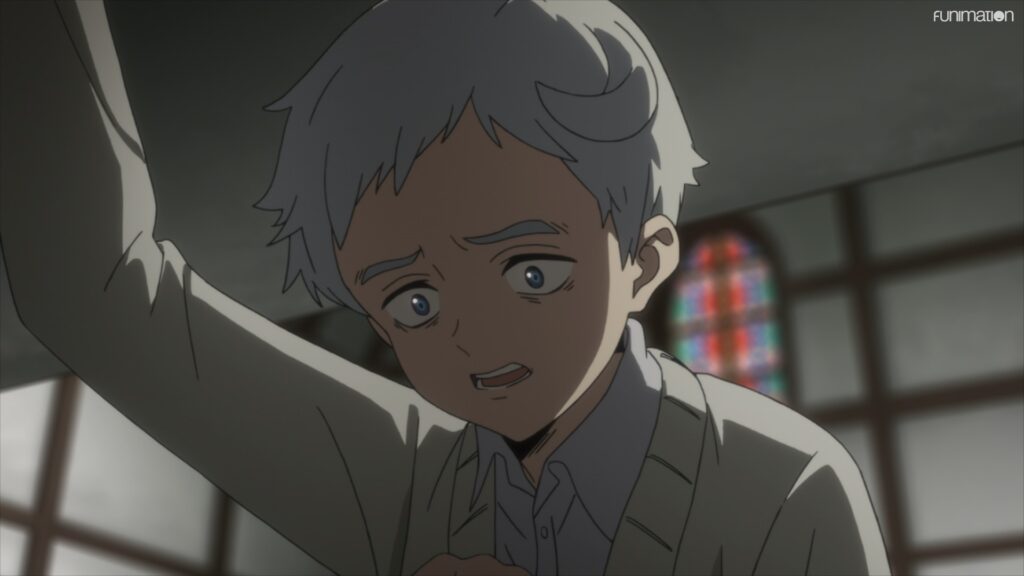The Orbital Children is a six-episode Netflix ONA that is about several middle schoolers in space. Some of the children were obnoxious — especially when it came to the social media parts. But overall the characters were each interesting and had their own quirks. For such a short series, it managed to do a fair bit of world-building and hit on some pretty high sci-fi concepts along the way.
It needs to be said that most of the “sci-fi” was pretty bogus. The “hacking” was just clicking a button and having droids shoot lasers at each other. The AI was pretty out there, but the show never tried to explain how an asteroid suddenly turned into a giant AI, so I will just leave it as that…

The ending was quite satisfying, emotional, and left room for a second season, but a second season is yet to be confirmed by Netflix. However, the season summarized two years of events in the last 10 minutes of the show, so I really don’t expect a second season. Most shows that do this are just trying to give the audience a somewhat satisfying conclusion since they don’t know if they will get a second season.
